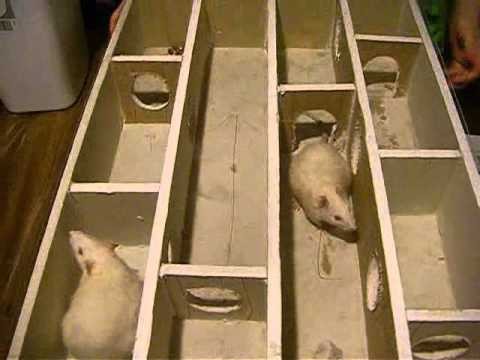Rodent infestation is scary enough but far more chilling is the fact that rats can invade homes at any time through small and unlikely openings - the snake of sewer pipes for instance that lead to a toilet bowl.
In a video produced by the National Geographic, rats showed the unimaginable as a rodent clawed its way from a sewer up to a maze of pipe then swam through a room inside of a house. As a resident lifts the lid of a toilet bowl, the rat was there paddling around and all set to jump out.
How the rat performed the seemingly impossible acrobatic feat? The National Geographic report explained:
Built to dig and scale
Rats have two powerful tools at its disposal that make things easier for the animal. Its piercing teeth can bite through almost anything but more fearsome are the razor-sharp claws that the report said allow the mostly underground rats to scale up any surface, no matter the height.
Packs bone structure for squeezing on a small hole
The skeletal make of a rat is quite unique that its ribs are hinged at the spine, the National Geographic said. When pushing its way through a small opening, the flexible animal can then collapse its ribs thus temporarily compressing its body mass.
Essentially, its dexterousness will allow a rat to insert its head into a hole then pull its entire body almost effortlessly. As the report said, once the head fits in the rest of the body will easily follow.
Expert swimmer
Rats use their four limbs to swiftly move from one point to another and the same benefits them when in water - all four limbs serve as powerful paddles that allow for superfast swimming on the surface or beneath the water. The tail helps the animals in navigating, acting as a rudder, the National Geographic report said.
And the creature has incredible stamina level that is quite useful when travelling long distance by land or by making its way up from sewer pipes to toilet boil. It may take several minutes before a rat clears a water-filled winding pipe and reach an opening but as noted by the National Geographic, rodents can hold their breath underwater for up to three minutes.



























